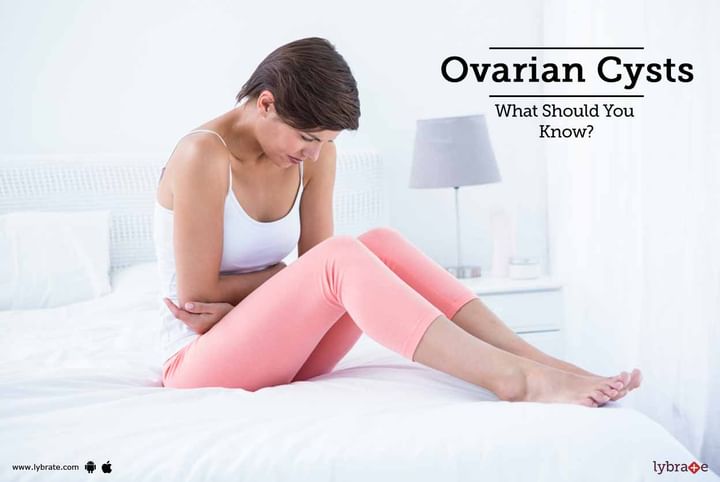Ovarian Cysts - What Should You Know?
A cyst is a fluid-filled sac, which is very commonly seen in the ovaries. The ovaries are the egg-producing organs in a female, and given the fact that they have a number of follicles, cysts form very commonly. In fact, most women would have had cysts at some point in their lives. There are two types of cysts – functional and non-functional.
Functional: Each month, the ovaries produce follicles which then turn into an egg and may or may not fertilize. If not fertilized, they are lost along with the tissue during the menstrual cycle. These follicles can sometimes develop into cysts, and they are often painless, asymptomatic, and disappear on their own. The follicles also produce estrogen and progesterone after the egg is released. This follicle can accumulate fluid and develop into a cyst. This is known as corpus luteum cyst.
Non-functional: There are other cysts which develop within the ovaries which can be dermoid cysts, cystadenomas, or endometriomas. These are not related to the menstrual cycle, and so-called non-functional cysts.
Risk factors: While all females are prone to have cysts, the following may increase the likelihood of cyst formation.
- Hormonal imbalance
- Pregnancy
- Endometriosis
- Pelvic infections
- Prior history of cysts
Symptoms and Complications:
Most ovarian cysts are benign and disappear on their own. However, some cysts can continue to grow in size and then rupture. Some symptoms with multiple, large cysts would include severe bleeding, pelvic pain, and a constant bloated feeling. There could also be fever with vomiting. Imaging can show ovarian torsion (twisting) if the cysts are too many or large.
In addition, the woman can experience excessive hairiness, pain during sexual intercourse, weight gain, bleeding abnormalities ranging from spotting to excessive bleeding.
Treatment: Most ovarian cysts pass off on their own and do not create any harm. There are some though which can cause issues ranging from infertility to ovarian torsion to severe bleeding.
Diagnosis needs to be confirmed with a pelvic laparoscopy and scanning before planning for treatment. Laparoscopy can help not just in the identification of the cysts (if there are multiple) but also in their removal.
Most often, cysts can be watched over a period of time to see if they are growing in size or number. If they are not, then they may just be left in place. If they are increasing, however, then they need to be removed and monitored to see if there are any more growing cysts.
- Birth control pills may be used to prevent recurrence.
- Surgery may be required which can range from removal of a single ovary to the complete uterus, ovaries and fallopian tubes if there are many cysts.
In case you have a concern or query you can always consult an expert & get answers to your questions!



+1.svg)
